1. The initial permeability of soft magnetic materials
Permeability is an important parameter of soft magnetic materials. From the perspective of use requirements, the initial permeability is the main parameter. Other permeabilities are intrinsically related to with the initial permeability. Magnetic materials working in a weak magnetic field have very small excitation currents. To achieve high sensitivity, materials with high initial permeability should be selected.
High initial permeability is the basic requirement of soft magnetic materials. Theory and practice have proved that the reduced impurity concentration of soft magnetic materials, increased density, enlarged grain size, homogenized structure, lower the hysteresis coefficient, and eliminated influence of internal stress and pores are sufficient conditions for providing initial permeability. All are closely related to the choice of formula and process conditions.
2. Soft magnetic materials require small coercivity and narrow hysteresis loop
The basic performance requirement of soft magnetic materials is to respond quickly to changes in the external magnetic field, which requires the material to have a low coercivity Hc value of the order of 10^-1~10^2A/m. The magnetization reversal process of soft magnetic materials is mainly realized by the displacement of the magnetic domain wall. Therefore, the internal stress fluctuation of the material and the content and distribution of impurities become the main factors affecting the coercivity. Low coercivity means that magnetization and demagnetization are easy, the hysteresis loop is narrow, the area enclosed by the hysteresis loop is small, and the hysteresis loss is small in an alternating magnetic field.
3. The resistivity of soft magnetic materials is high
The magnetic core is equivalent to a turn of a coil, which induces electromotive force in an alternating magnetic field. This induced electromotive force generates an induced current in the magnetic core. If the resistivity of the magnetic core is low, the induced electromotive force and induced current will be large, and the resulting loss is accordingly large. This loss is called eddy current loss. The higher the frequency is, the greater the induced current will be. The increase in resistivity is beneficial to reduce loss, improve the operating frequency of the magnetic core, and decrease the volume and quality of the magnetic core.
4. The soft magnetic material has a high saturation magnetic induction intensity Bs
If the magnetic induction intensity Bs is high, the same magnetic flux Φ requires a smaller cross-sectional area A of the magnetic core and a small magnetic element. At low frequencies, the maximum working magnetic induction is limited by the saturation magnetic induction; but at high frequencies, the main loss limits the choice of magnetic induction, and the magnetic core may not be saturated. It is the temperature limit of the insulating material that restricts the loss.
5. The core loss of soft magnetic materials
Soft magnetic materials are mostly used in AC magnetic fields, so the magnetic loss caused by dynamic magnetization cannot be ignored. The loss caused by dynamic magnetization includes three parts, namely eddy current loss, hysteresis loss and residual loss. As the frequency of the alternating magnetic field increases, the core loss caused by the dynamic magnetization of the soft magnetic material rises.
6. The stability of soft magnetic materials
Soft magnetic materials not only need high permeability and low loss, but more importantly, high stability. The high stability of soft magnetic materials requires higher temperature stability of the magnetic permeability, smaller drop coefficient and the aging over time to ensure long-term operation in harsh environments. The factors that affect the work of soft magnetic materials include low temperature, humidity, electromagnetic field, mechanical load and ionizing radiation. Under the influence of these factors, the basic characteristic parameters of soft magnetic materials will change, leading to fluctuations in performance.

Other Functional Composite Materials In addition to bonded magnetic compounds, we can also cooperate with customers to develop customized functional composite materials, such as high-density compounds and metal bonded plastic. We are committed to providing customers with new user experience and different design inspiration.
 CN
CN

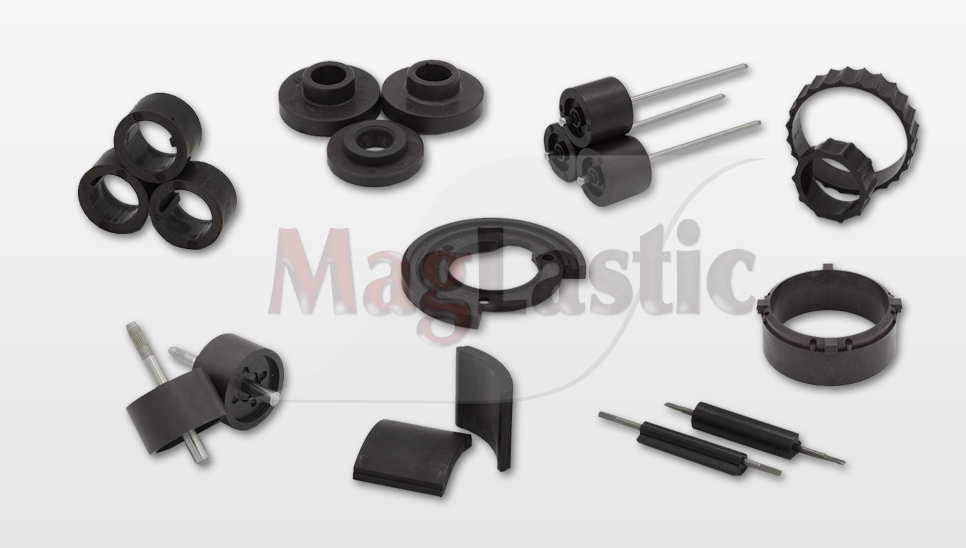
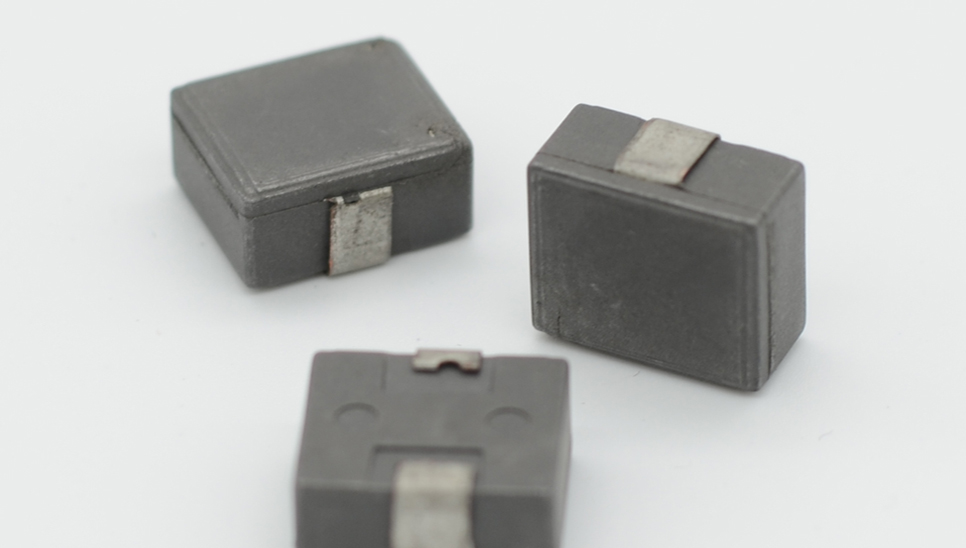
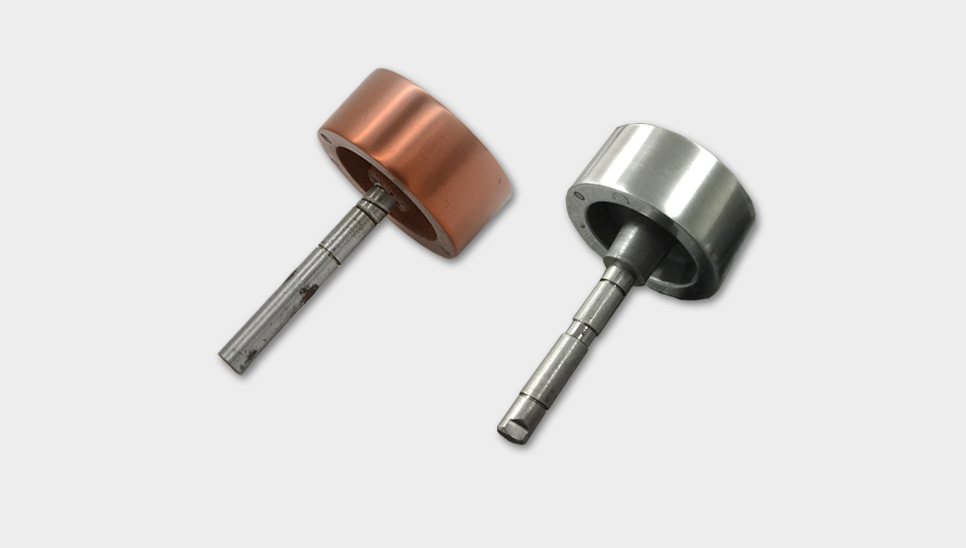
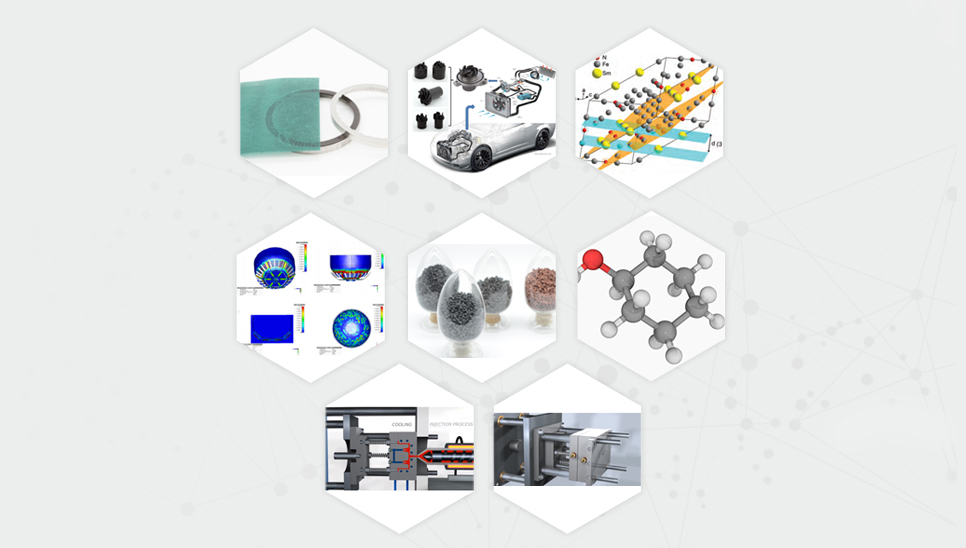


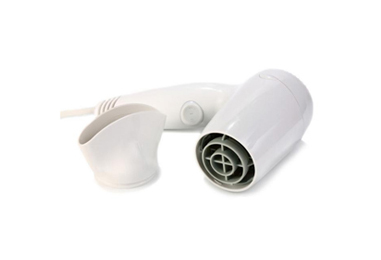
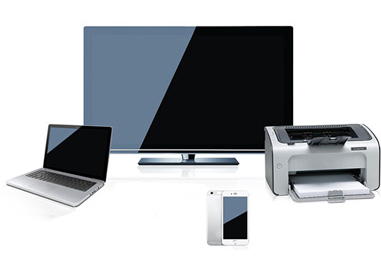


 Call us on:
Call us on:  Email Us:
Email Us:  1F, Building 3, NO.77 Gaoxin 13 road, Xiaoshan district, Hangzhou
1F, Building 3, NO.77 Gaoxin 13 road, Xiaoshan district, Hangzhou